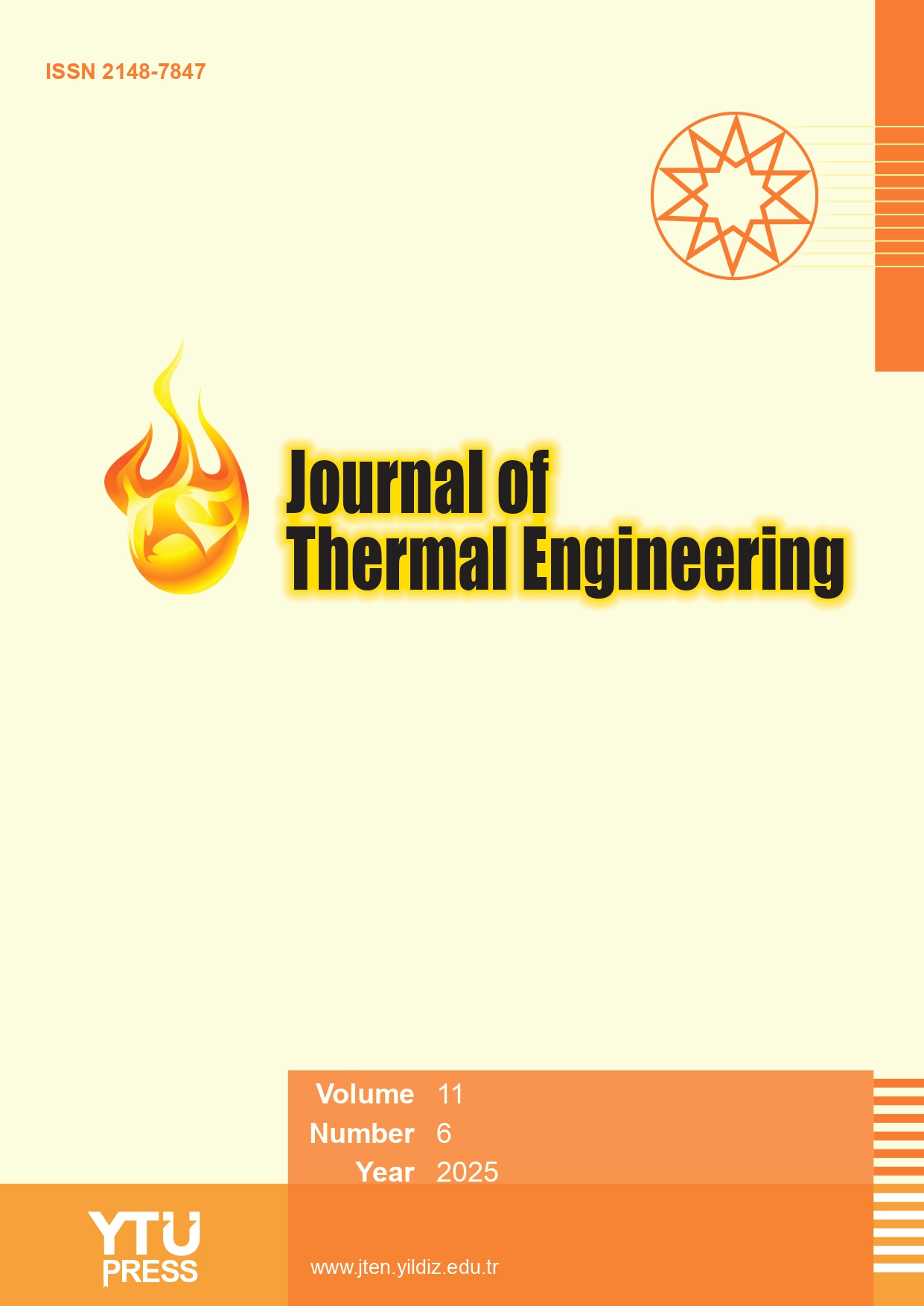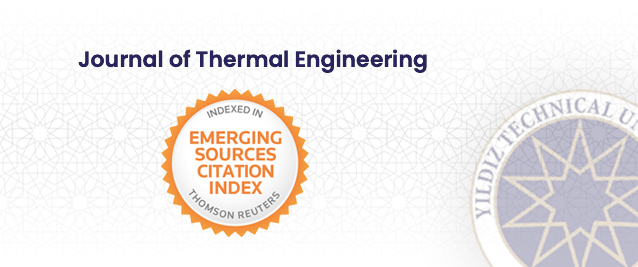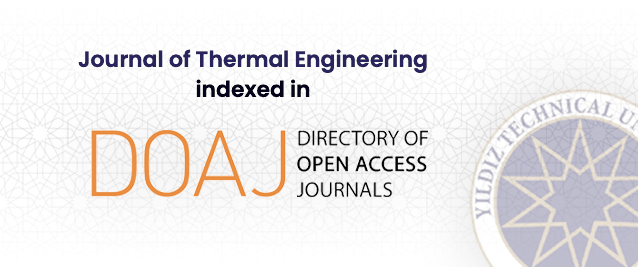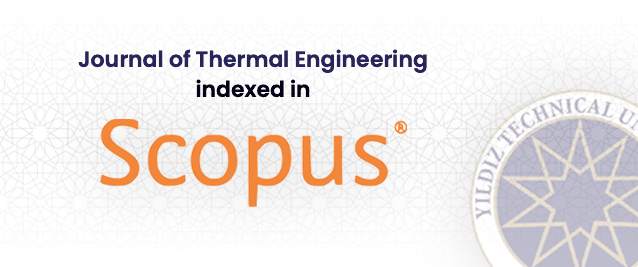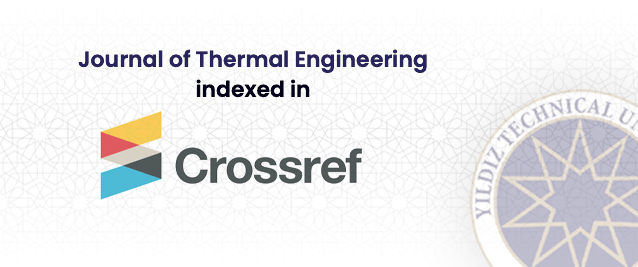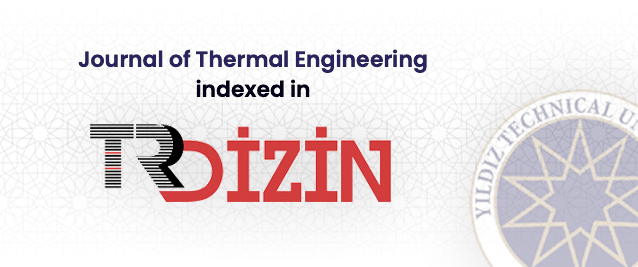2Department of Mechanical Engineering, Faculty of Engineering. Lendi Institute of Engineering and Technology, Jonnada, Vizianagaram, Andhra Pradesh, 535005, India
3Department of Mathematics, Hindustan Institute of Technology and Science, Chennai, 603103,
4Department of Mathematics, R.M.D. Engineering College, Kavaraipettai, 601206, India
5Department of Mechanical Engineering, Vel Tech Rangarajan Dr Sagunthala R&D Institute of Science and Technology, 600062, India
6Department of Mechanical Engineering, Ramdeobaba University Nagpur, Maharashtra, 440013, India
Abstract
This present study deals with the simulation of the radiator and its fin efficiency, where the coolant is used as air, and the working fluid is used as water and air to measure the thermal performance. Heat dissipation by conventional materials has enormous demerits. Hence, lightweight aluminium material has considerable benefits in better heat dissipation and energy transfer. The methods used in this analysis for design SolidWorks and analysis are done by cosmos software. The materials used here were copper for the fins and aluminium as the outer cover material. The properties such as thermal conductivities, heat capacity, and vapour absorption rates were calculated. From the experimental results, it was observed that the heat transfer rate was achieved in the range of 30 degrees Celsius with a change in temperature difference. An increase in fins from 10 to 20 number tends to increase the heat transfer rate by 10 to 15% as compared to other conventional materials. The results also concluded that there would be an increase in the overall efficiency of the radiator. The results also reveal that implementing copper tubes with the combination of aluminium fins has an extent decrease in heat transfer rate. Hence, a radiator for heat transfer applications can achieve a marginal temperature difference of 25 degrees Celsius to 30 degrees Celsius.


